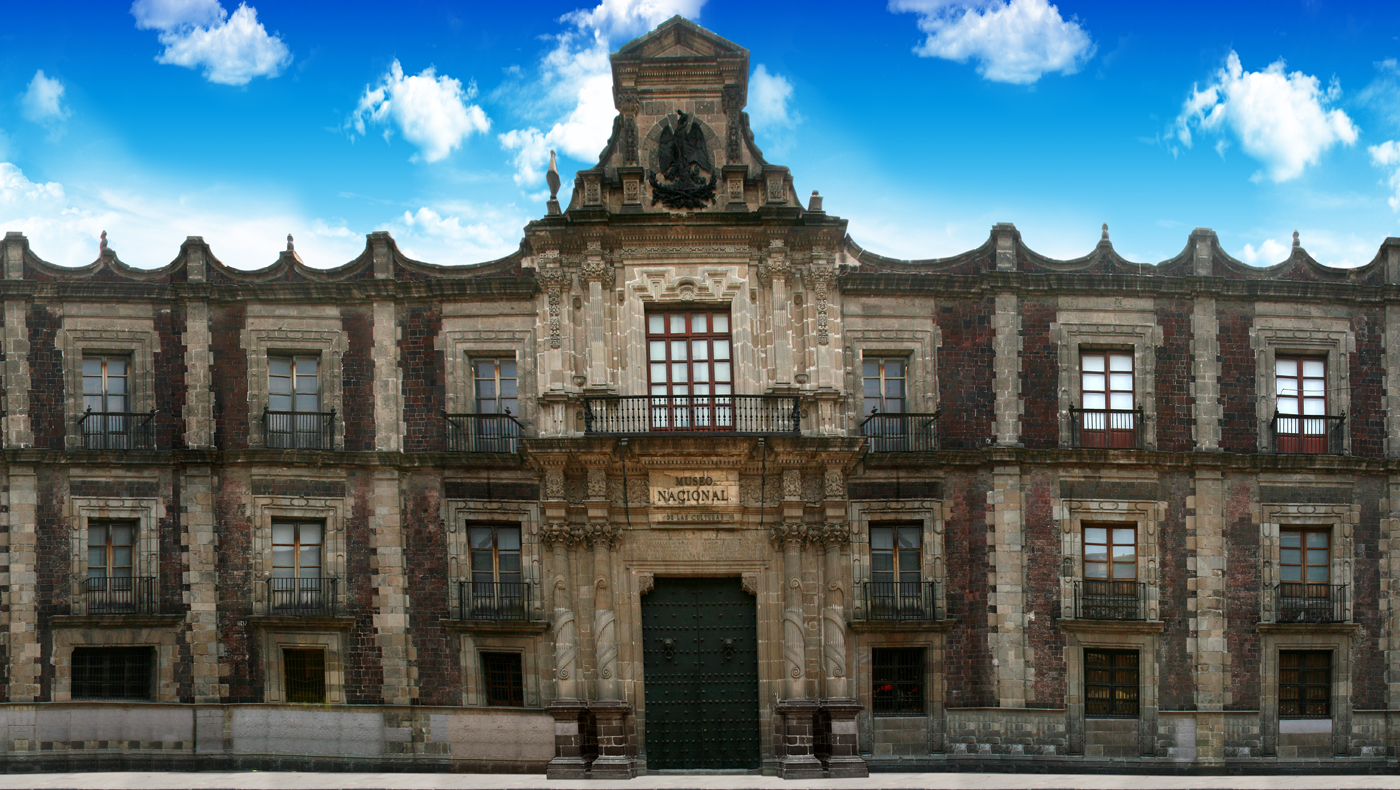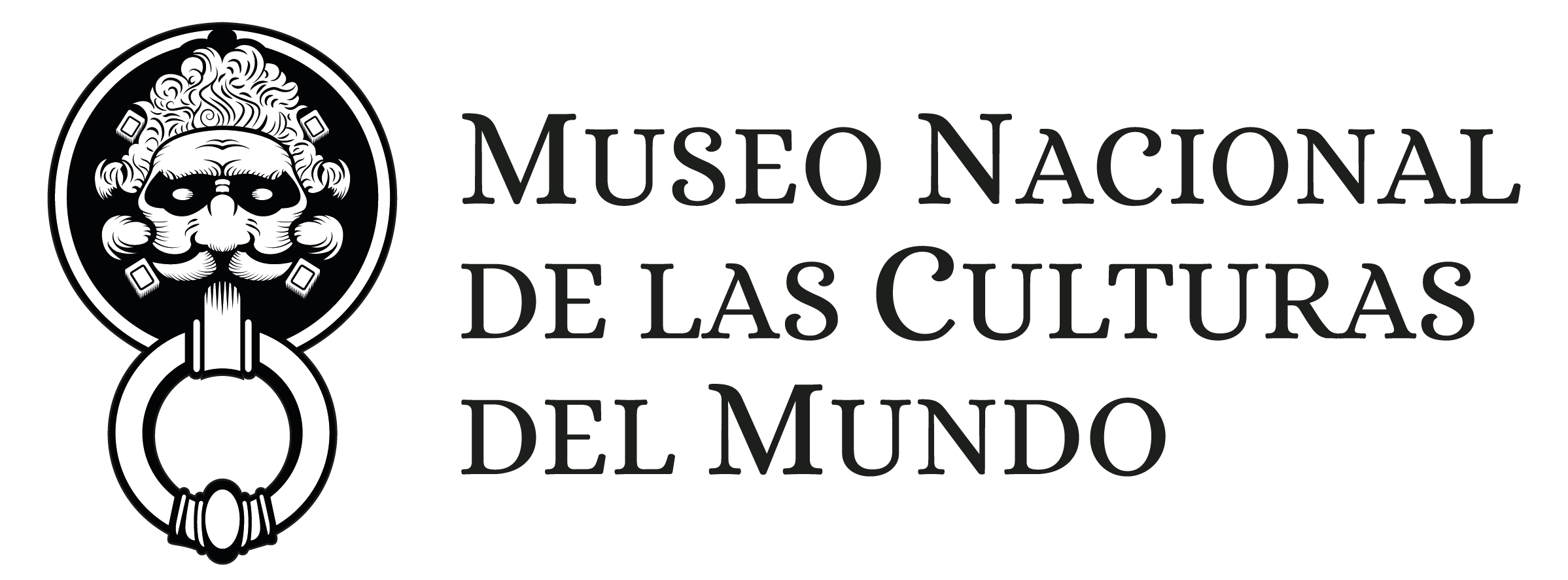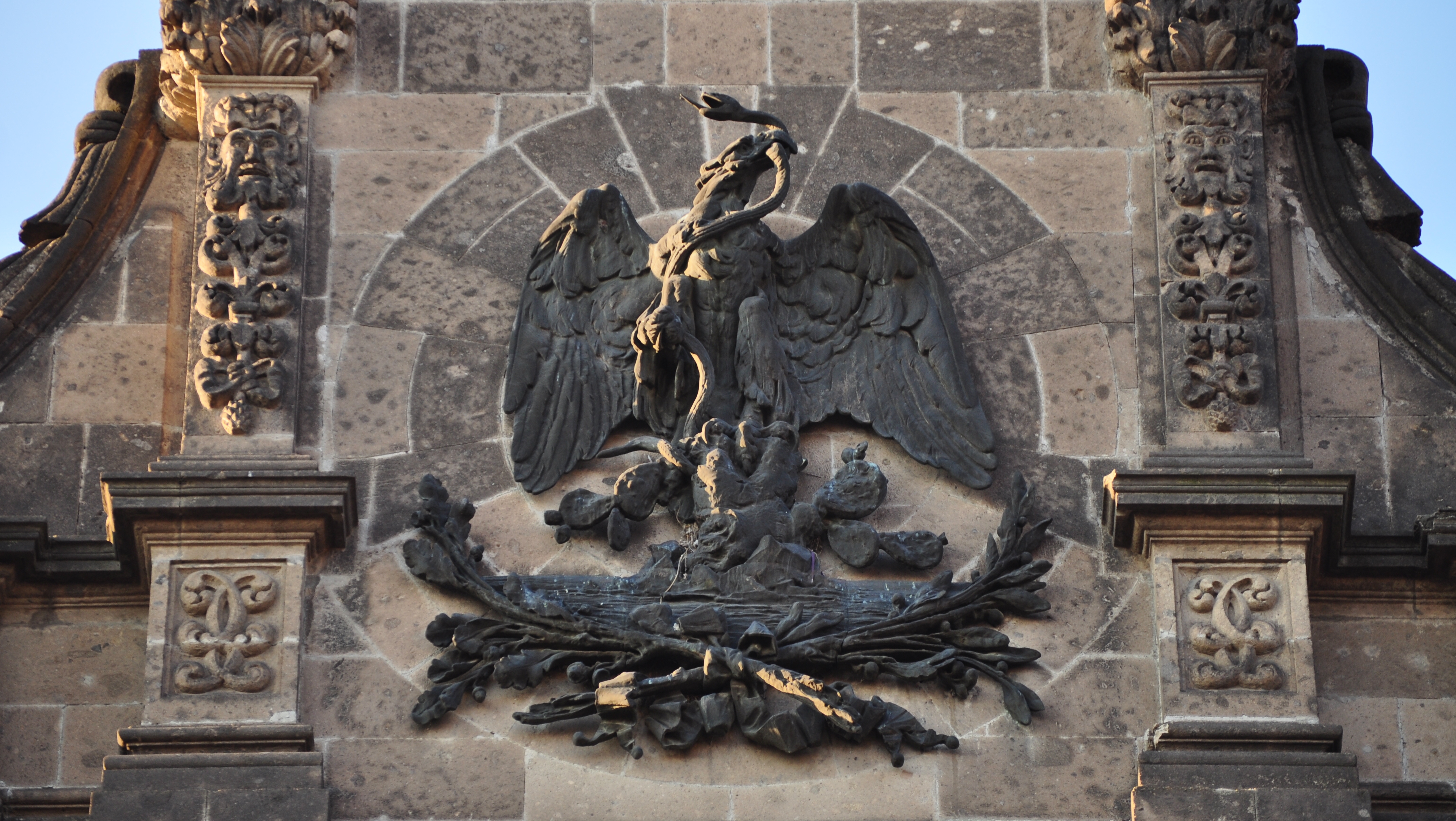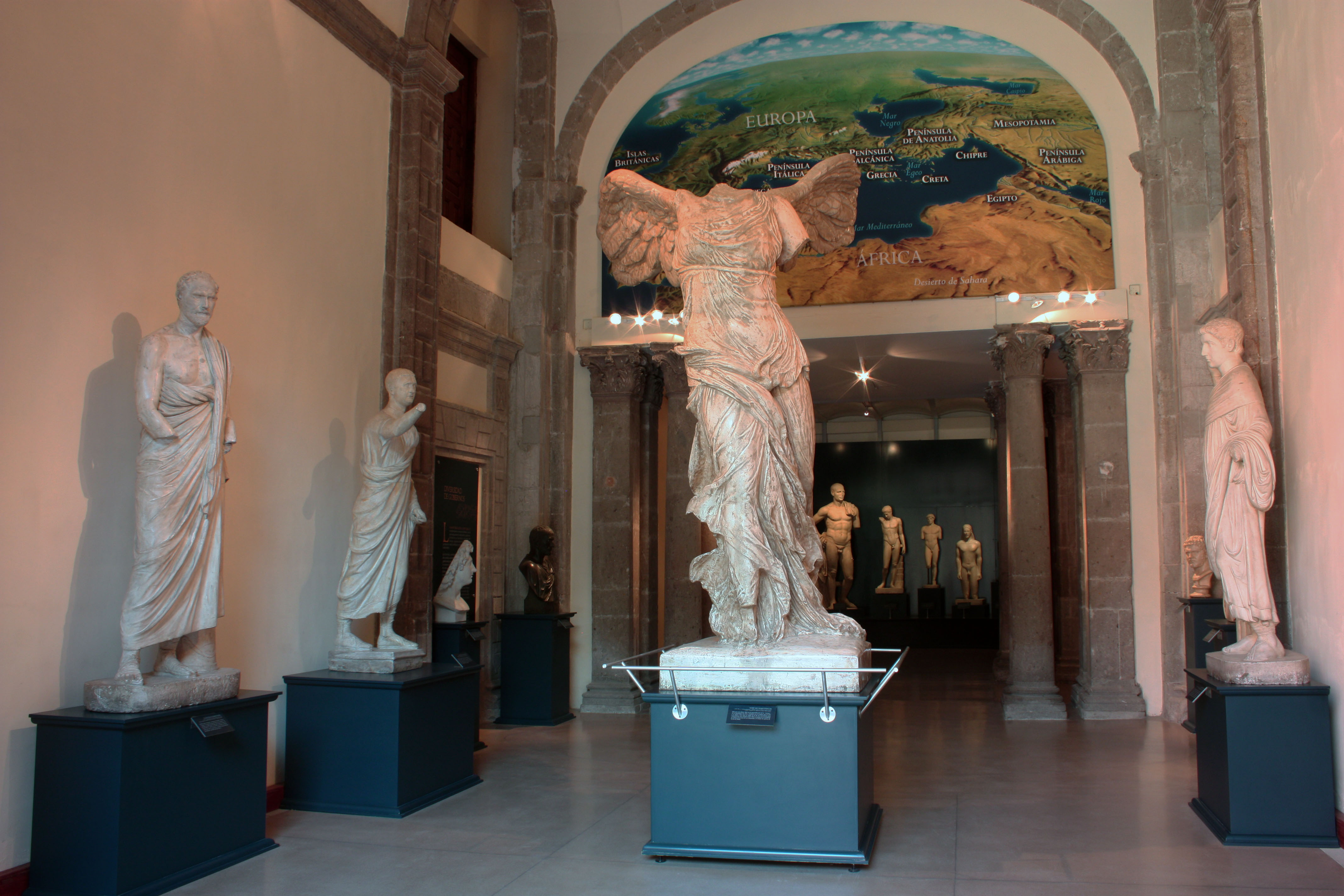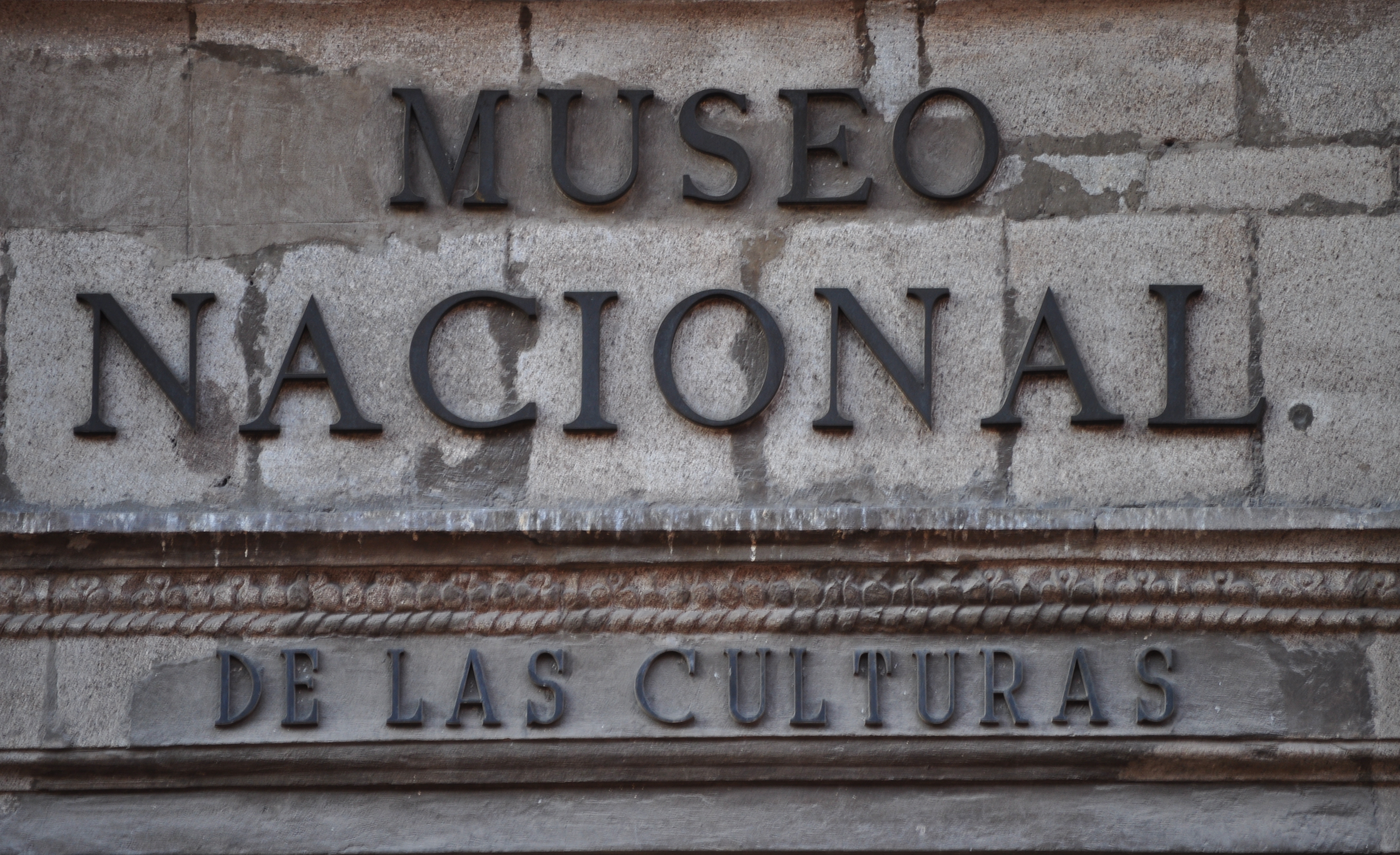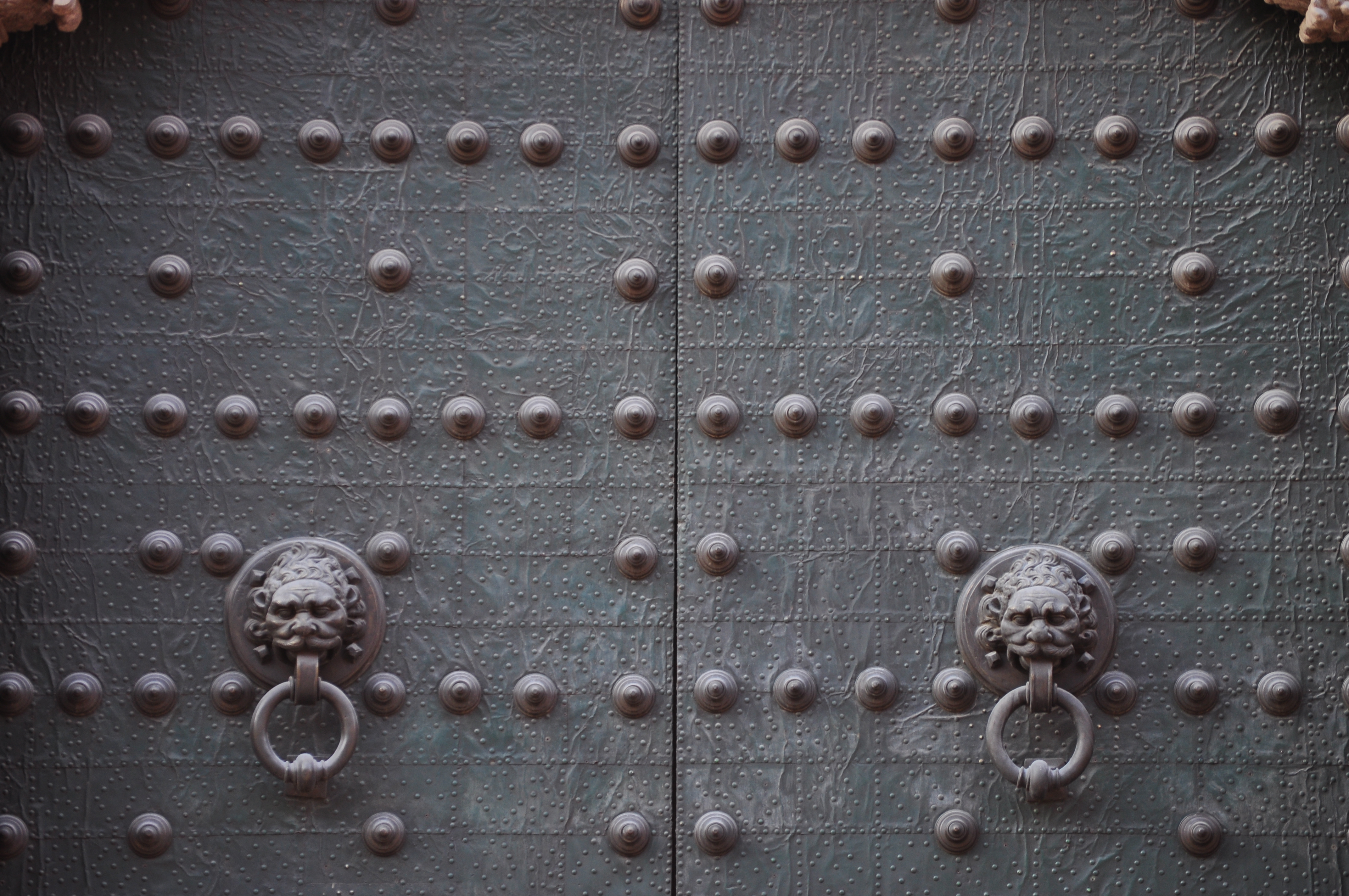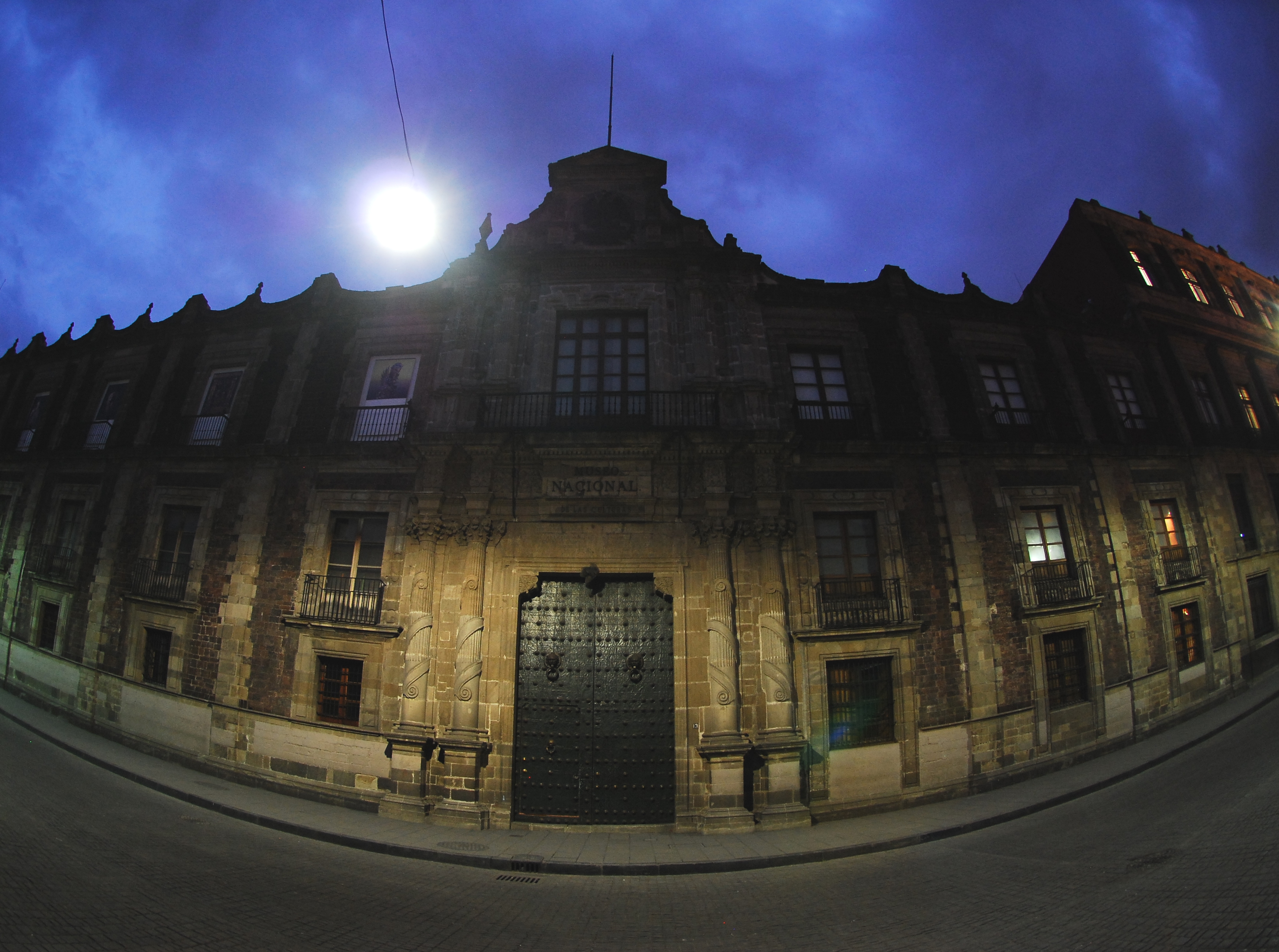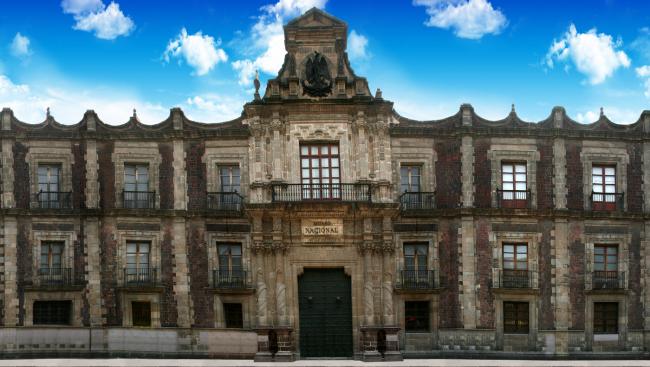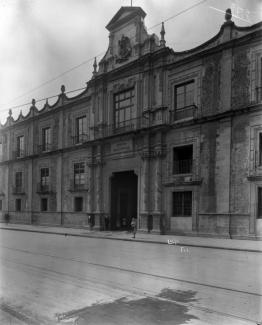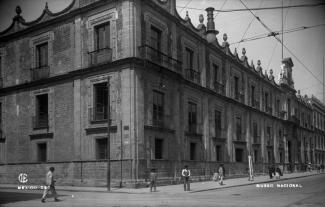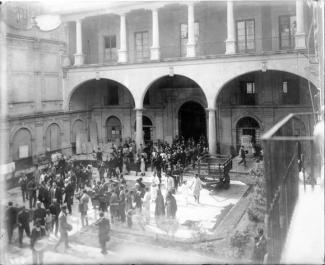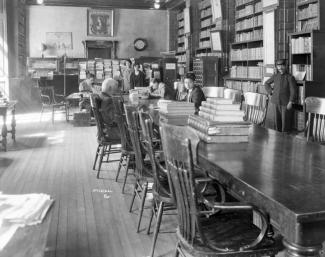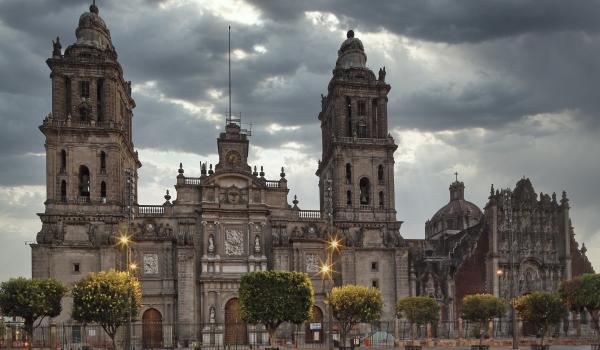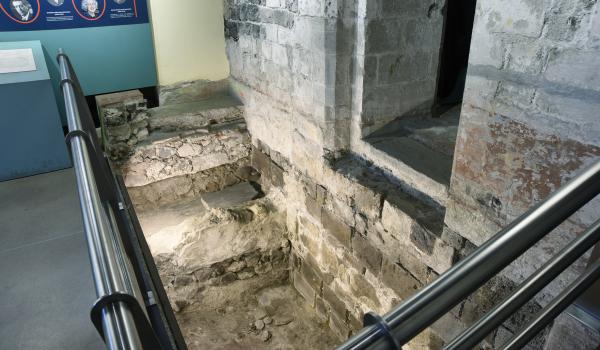In 1825, the first president of Mexico, General Guadalupe Victoria, advised by historian Lucas Alamán, ordered the founding of the National Museum. Later, the Emperor Maximilian of Habsburg issued a decree in 1865 that the collections and objects of pre-Hispanic Mexico, together with items relating to natural history, should be kept in this museum on the site that was previously occupied by the so-called “black house” of Moctezuma II, where it is said the Aztec ruler meditated on the great issues that shook Tenochtitlan.
This building, which since 1965 houses the National Museum of World Cultures, was also the first Mint during the colonial period. During the administration of Benito Juarez it housed the Supreme Court, and for a century it was an important center for initiatives to document history and conduct research on archaeology, ethnography, history and studies in support of the exhibitions held in its galleries, contributing in this way to the development of national identity.
The importance of its collections is such that they became the foundation of other major museums such as the first Museum of Natural History in the Chopo, the National History Museum in Chapultepec Castle in 1940, and the National Anthropology Museum in 1964. The task of the National Museum of World Cultures is to safeguard objects from different cultures around the world. Likewise, it responds to Mexican State policies to develop, in forms appropriate to a museum, universal themes about ancient civilizations and cultures from different parts of the globe.
Today, the Museum comprises three exhibition galleries: the International Gallery, the Mediterranean Gallery: a Sea of Cultures, and the China Gallery.






